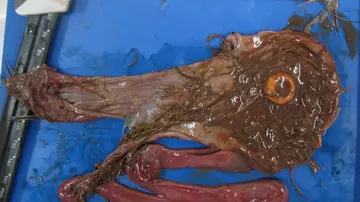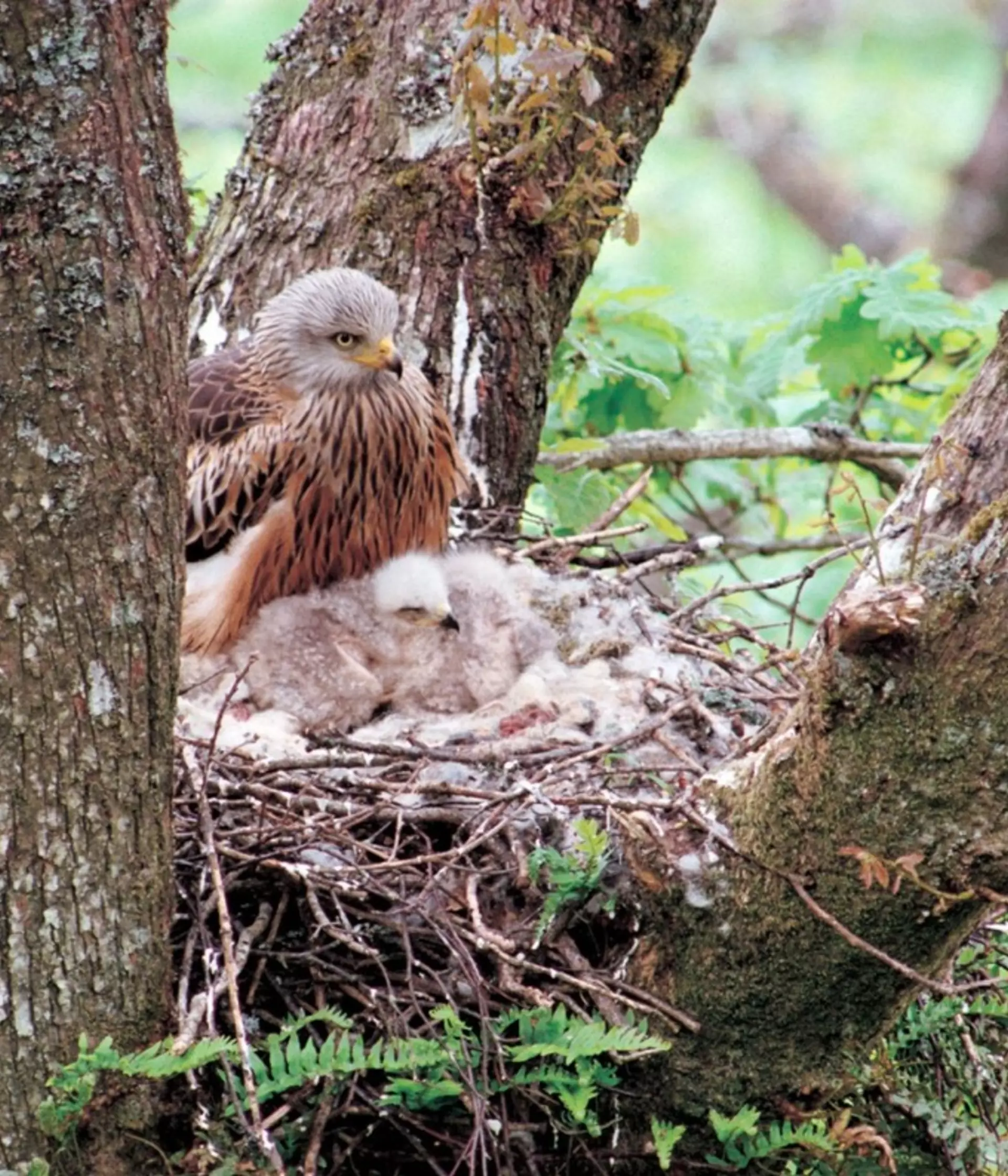
ZSL
Zoological Society of London
British red kite still face challenges, despite their extraordinary recovery. Anti-coagulant rodenticide poisoning and shooting representing threats to population recovery into the 21st century. Our Disease Risk Analysis and Health Surveillance Programme (DRAHS) with Natural England receives red kite carcasses, from our partner wildlife surveillance groups such as the RSPB and the Predatory Bird Monitoring Scheme (PBMS). The carcasses undergo a post-mortem examination, leading to discoveries about their lifestyle, as well as factors that may have been contributed to their death.

A radiograph of a red kite examined in January 2019 - the shot pellet is clearly visible close to the eye socket.
Shooting
As of February 2019, 27 of 335 red kites that underwent post-mortem examination by DRAHS between 1994 and 2019, were found to have shotgun pellets when radiographed which illustrates the persecution red kites experience in the UK. The RSPB’s raptor persecution map shows that 258 raptor persecution cases were confirmed shooting incidences. Shot red kites have been found to have fractures, external trauma, and internal bleeding.
Mauritius kestrel conservation
Parasite burdens
Nematodes are often found during post-mortem examination, commonly in the gastro-intestinal tract. However they might not always be associated with disease, many wild animals can cope with a small nematode burden. Judging what number of parasites is compatible with good health requires further research but it is likely that numbers of parasites will increase if the red kite’s immune system is compromised by other diseases.
Anticoagulant rodenticide poisoning
The red kite is a scavenging species, opportunistic in their prey choice. This feeding behaviour, although valued in the mid-15th century in England and Wales as they kept the streets free of carcasses and rotting food, has become their detriment due to secondary poisoning. Red kites feed on the carcasses of rodents that have died from consuming anticoagulant rodenticide. This secondary poisoning causes internal bleeding; the effects are gradual, developing over several days . In the final phase of the intoxication, the poisoned animal dies from hemorrhagic shock, and the hemorrhage can be observed at gross post-mortem examination. Further testing of the tissues means the concentration and type of poison can also be determined. Once DRAHS receive the carcasses and they undergo a post-mortem examination, tissue samples are collected and sent to external collaborators for toxicology testing. A paper by Molenaar et al (2017), demonstrated that of 110 birds analysed for toxicological analysis, poisoning was diagnosed in 32 red kites, with 19 from second-generation anticoagulant rodenticides, 9 from other pesticides and 6 from lead poisoning. Combining the toxicology results and observations from the post-mortem examinations adds to the narrative on the possible circumstances surrounding their death.

A docking ring found in the gizzard of a red kite.
Objects found in the gastro-intestinal tract
The contents of the intestinal tract of red kites is interesting. A docking ring (used by farmers on lambs) has been found in the intestinal tract of three red kites but in each case the bird was apparently able to survive. Although docking rings are an effective method to remove the tail of lambs, the shed tails are attractive to scavengers like red kites and the rubber docking ring may be consumed too. Docking rings are small, rubber rings attached onto the tail of the lamb, constricting the blood vessels in the tail and the tail and ring falls off around 2 weeks after attachment. Considering current concerns regarding waste, plastic and pollutants in the environment this finding is of interest. Some other interesting findings in the intestine of kites included the foot of a teal, and pre-cut pieces of chicken, presumably provided by a sympathetic human. These discoveries do provide an insight into the prey of red kites. See here for more information on the appropriate way of feeding free-living red kites.
Our global science-led conservation is helping people and wildlife live better together to restore the wonder and diversity of life everywhere. Discover more about our global conservation.
